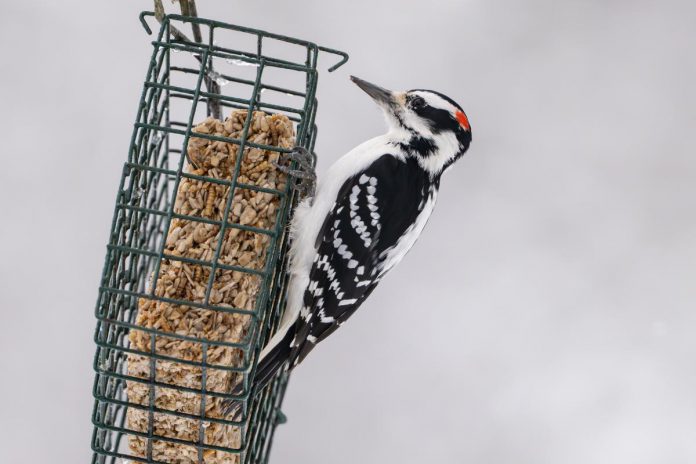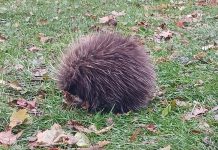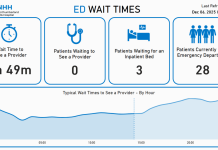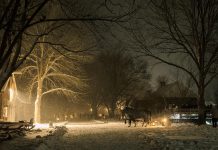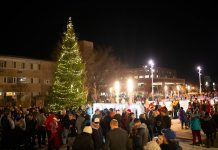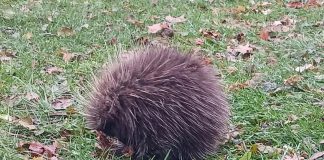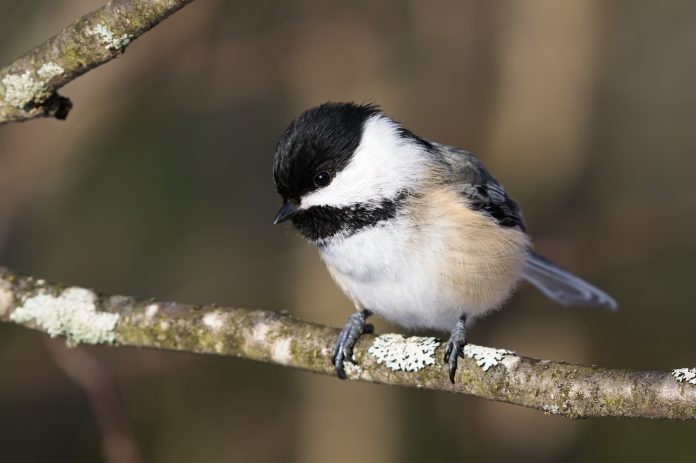
For almost three decades, the Great Backyard Bird Count has given people of all ages the chance to become citizen scientists and help researchers track changes in bird populations over time.
A joint project of the Cornell Lab of Ornithology, the National Audubon Society, and Birds Canada, the Great Backyard Bird Count returns for its 28th year in 2025, beginning on Friday, February 14th and continuing until Monday, February 17th (Family Day).
On one or more days of the annual event, volunteers from around the world will count the birds they see for at least 15 minutes and then enter their checklists on the Great Backyard Bird Count website or the eBird website, or by using the Merlin Bird ID or eBird apps. For more information, visit the Great Backyard Bird Count website at birdcount.org.
“The Great Backyard Bird Count continues to bring together millions of people every year,” says David Bonter, co-director of the Center for Engagement in Science and Nature at the Cornell Lab of Ornithology, in a media release.
Participation in the Great Backyard Bird Count grows every year, with over half a million people from over 200 countries participating last year and submitting checklists reporting more than 7,900 bird species.
Combined with other bird counts, results from the Great Backyard Bird Count help create a clearer picture of how birds are faring, including whether individual species are are declining, increasing, or holding steady in the face of habitat loss, climate change, and other threats.
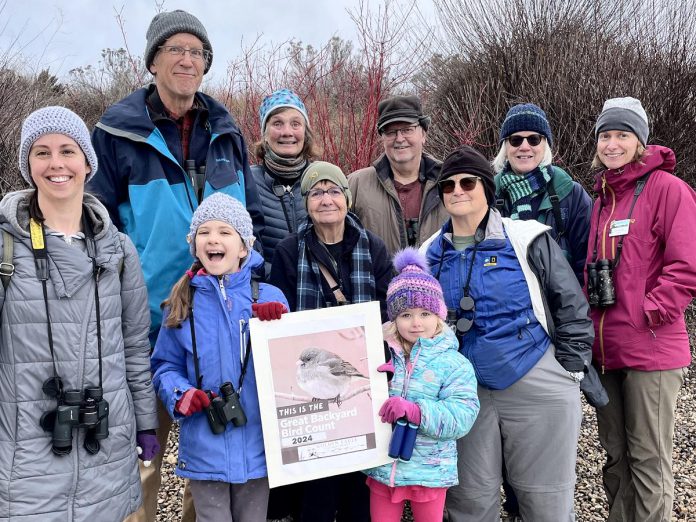
“Joining your community to count birds means that we can track the long-term changes in bird populations, and we wouldn’t be able to do that without you,” Bonter says. “The world is changing fast, and birds often reflect the impact of environmental change first.”
To learn how to participate in the Great Backyard Bird Count, visit the Great Backyard Bird Count website at birdcount.org. The website also has tools and information to help both birdwatching newbies and veterans participate in the count.
You can also join a free webinar at 3 p.m. on Wednesday (February 12). The one-hour live event on YouTube will offer tips, tricks, and ideas for participating in the Great Backyard Bird Count. Register at dl.allaboutbirds.org/2025gbbcwebinar.
While you can simply count the birds you see in your own backyard or in a nearby park, you could also count the birds you see while hiking, cross-country skiing, or snowshoeing (depending on conditions) at one of the conservation areas, wildlife areas, provincial parks, or trails open during the winter in the Kawarthas region.
Here are some of them:
- Birdsall Wildlife Area (1300 Birdsall Line, Otonabee-South Monaghan)
- Darling Wildlife Area (310 5 Line, Otonabee-South Monaghan)
- Fleetwood Creek Natural Area (902 Ballyduff Rd., Pontypool)
- Ganaraska Forest (10585 Cold Springs Camp Rd, Campbellcroft)
- Gannon’s Narrows Conservation Area (1762 Blackpool Rd., Selwyn)
- Harold Town Conservation Area (2611 Old Norwood Rd., Otonabee-South Monaghan)
- Jackson Creek Trail (610 Parkhill Rd. W., Peterborough)
- Kawartha Highlands Provincial Park (106 Monck St., Bancroft)
- Ken Reid Conservation Area (277 Kenrei Rd., Lindsay)
- Lakefield Trail (22 D’Eyncourt St., Lakefield)
- Mark S. Burnham Provincial Park (846 Highway 7, Peterborough)
- Miller Creek Wildlife Area (1225 7 Line, Selwyn)
- Pigeon River Headwaters Conservation Area (445 Gray Rd., Janetville)
- Presqu’ile Provincial Park (328 Presqu’ile Parkway, Brighton)
- Robert Johnston Ecoforest Trails (185 5 Line, Douro)
- Selwyn Beach Conservation Area (2251 Birch Island Rd., Selwyn)
- Silent Lake Provincial Park (1589 Silent Lake Park Rd., Bancroft)
- Squirrel Creek Conservation Area (2445 Wallace Point Rd., Otonabee-South Monaghan)
- Warsaw Caves Conservation Area (289 Caves Rd., Warsaw)
- Windy Ridge Conservation Area (998 Mt Horeb Rd., Omemee)
